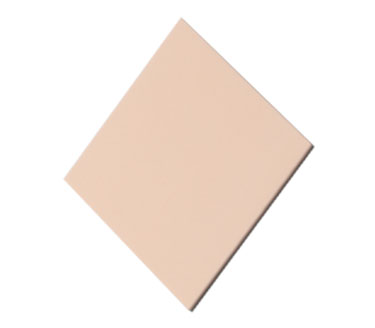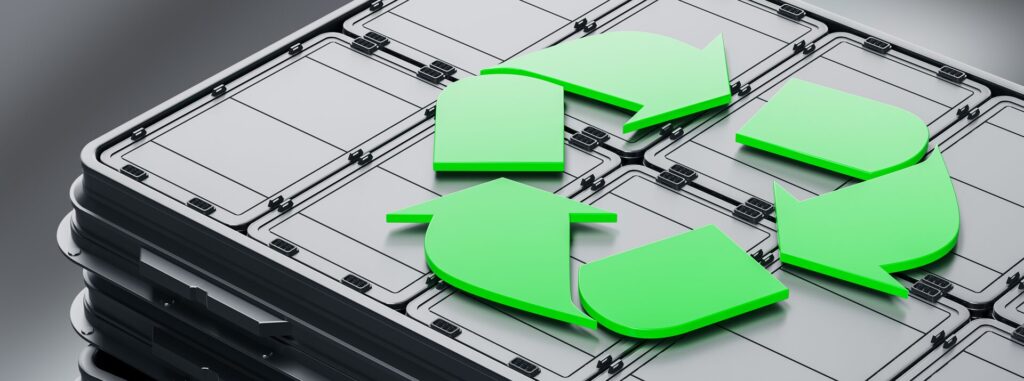
- Electronic Components
Thermal Radiation: How it Works & What to Keep in Mind
Contents
What is thermal radiation?
There are three main types of heat transfer:
- Thermal conduction: heat is transferred by particle vibration of molecules, atoms, and electrons
- Thermal convection: heat is exchanged between a solid and a fluid (gas or liquid)
- Thermal radiation: heat is transferred by electromagnetic waves.
In thermal management of electronic equipment, these three mechanisms can be combined to rapidly transfer heat. This article will focus on the mechanism of thermal radiation.
The sun’s rays heat that you feel outdoors is due to radiant heat transmitted from the sun. Thermal radiation itself is caused by electromagnetic waves that are emitted by a heat source. Heat is the vibration of molecules, atoms, and electrons. Since these particles are charged with positive and negative electric charges, they emit electromagnetic waves like an antenna during vibration. The more intense the vibration, as an example at the elevated temperature, the higher energy of the emitted electromagnetic waves.
The thermal energy of the sun is the source of energy for all life on Earth. It also heats the Earth’s surface and atmosphere, causing weather phenomena such as rain and wind. The reason why such enormous energy reaches the Earth is because the center of the sun emits a tremendous amount of heat, about 16 million degrees Celsius, while the surface of the sun emits about 5,500 degrees Celsius heat.
The formula for thermal radiation
The amount of heat radiated from a heat source is proportional to the fourth power of the absolute temperature (Kelvin) and is determined by the following equation:
Radiation heat transfer rate (Q) = area x Stefan-Boltzmann constant x shape factor x absolute temperature to the fourth power
*Stefan-Boltzmann constant: factor of proportionality that represents the energy and temperature of electromagnetic waves emitted via thermal radiation from a black body (an ideal body that absorbs all radiant energy).
*Shape factor: A dimensionless quantity that expresses the geometric positional relationship of surfaces between materials that exchange thermal radiation with each other.
The major characteristic of thermal radiation is that it does not require direct contact between the heat source and the surface receiving heat. The heat is transmitted by electromagnetic waves through empty space. However, for thermal conduction and thermal convection heat transfer, a direct contact of objects such as a molecules or atoms must exist between the heat source and the object receiving the heat.
In addition, all matter, except at absolute zero temperature, undergoes the vibrational motion of molecules, atoms, and electrons, which causes thermal radiation even at low temperatures. Therefore, when thermal radiation occurs between two substances, the difference between their heat values is transferred from the one with higher temperature to the one with lower temperature.
The emissivity of major materials
The emissivity value represents the energy of electromagnetic waves emitted by thermal radiation when an object is heated. It is a number between 0 and 1, with 1 being the energy emitted by a black body (an ideal body that does not reflect electromagnetic waves of any wavelength, and does not exist in reality) at the same temperature.
Below is a table of the emissivity of major materials. The key point to remember when looking at this table is that emissivity varies depending on the physical properties of the surface of the object and is independent from the physical properties of the base material, i.e., the material inside the surface of an object. Therefore, emissivity can be controlled by polishing, oxidizing, or by applying paint to the surface.
As can be seen from the table, the emissivity of both aluminum and copper increases by more than 10 times when the surface is polished or oxidized. When applying oil-based paint, the color does not affect the emissivity. However, ‘black body paint’ is a paint developed to achieve emissivity close to that of a black body. When it is applied to the surface of a material, the emissivity becomes closer to 1.

Low-temperature heat sources emit far infrared radiation
The wavelength of the electromagnetic waves emitted due to thermal radiation depends on the temperature of the heat source. Since a fixed star like the sun is a very high-temperature heat source, it emits visible light with a wide range of wavelengths from violet to red, and thus appears to emit white light.
However, since LSIs (large-scale integrations) in electronic devices as an example, reach up to about ~200°C temperature, the wavelength of the emitted electromagnetic waves contains almost no visible light. Thus, radiation is generated mainly in the far infrared spectrum. Therefore, the temperature of electronic devices is determined by measuring the amount of emitted infrared light using a non-contact thermometer.

Comparison of thermal radiation and thermal convection
Heat sinks, used for the thermal management of electronic devices, are components that dissipate heat through thermal radiation and thermal convection. These two mechanisms differ from thermal conduction where the dissipated heat is ultimately released outside (e.g. the air and the environment). Although it depends on the situation, in the case of natural convection that does not use a fan, the amount of heat dissipated due to thermal radiation and thermal convection is about the same. The larger the area, the greater the amount of heat released by thermal radiation, so the amount of thermal radiation must always be considered in heat transfer measures.

On the other hand, with forced convection, where air is blown by a fan or other means to a heat sink, the heat transfer value of thermal convection is much larger than that of thermal radiation. This can be clearly seen in the diagram of a heat sink below. In this heat sink design, thermal convection occurs on the surface marked by the red dotted lines, while thermal radiation only occurs on the outer blue dotted lines. Therefore, with forced convection, there is little effect of thermal radiation.

In heat dissipation systems used in electronic equipment, it is very important to combine all three mechanisms of thermal convection, conduction, and radiation. Dexerials has accumulated vast knowledge from numerous projects and can provide appropriate solutions to heat dissipation problems.
- SHARE
 Back to top
Back to top  Contact us
Contact us 
















